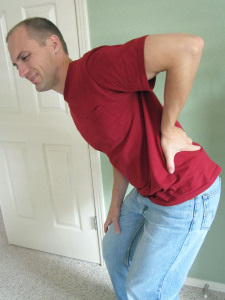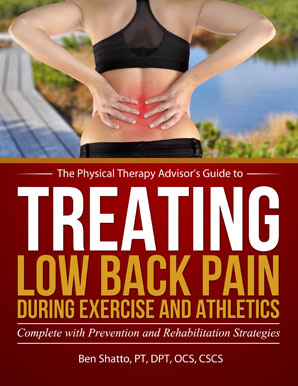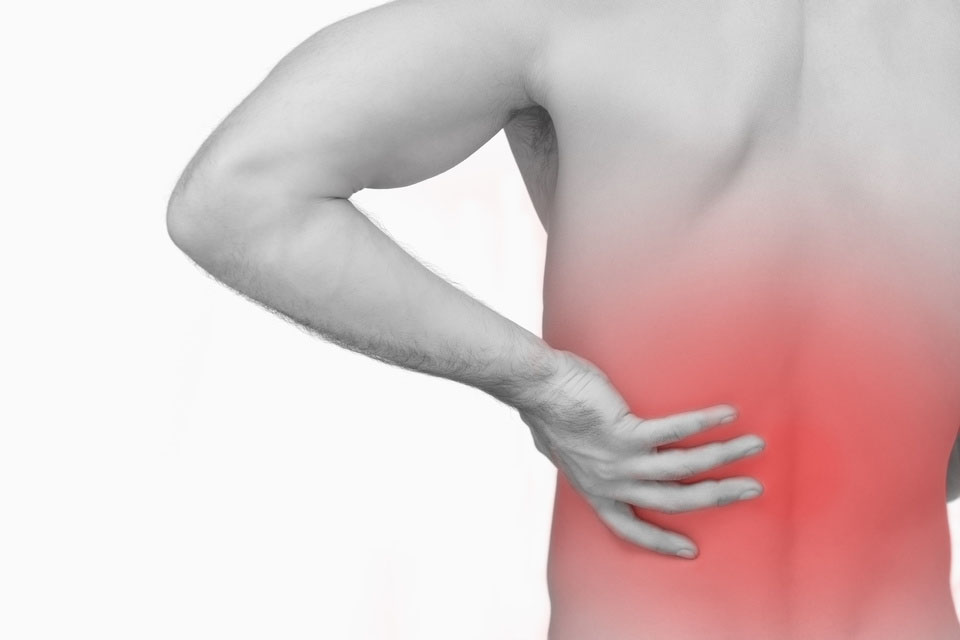Q. I have been dealing with low back pain on and off for the past several months. The pain is severe. I cannot participate in my normal exercise activities. In fact, I struggle just getting in or out of my car. My doctor says my X-ray results are fine, but do I need an MRI? -Brad
A. Thanks, Brad, for the question! I am often asked if an MRI is necessary when someone is experiencing low back pain (LBP). You state that your X-ray results are fine, so that immediately rules out the possibility of certain types of injuries such as a fracture or more chronic conditions like spinal stenosis. Fortunately, most LBP is mechanical–meaning it is from a physical or structural cause and isn’t related to conditions such as fractures, cancer or infections.
The answer to your question is no. An MRI is not needed in a majority of cases of LBP. It is best to diagnosis the cause and the best treatment strategy through a thorough physical assessment because most LBP is mechanical. There is definitely a time and place for an MRI. There are very clear indications when additional follow up such an MRI is necessary. Your physician will take a thorough history and determine if it’s necessary based on your history and examination. (To learn more about the different types of imaging, including an X-ray, CT Scan, and MRI, please refer to Q & A: Which Type of Imaging to Use?)
To safely self-treat your low back pain, first take a moment to assess your symptoms and pain level. What led to your pain and/or injury? Did the pain come on suddenly or slowly? Evaluate the severity of the injury. If you’re experiencing any of the following, please seek immediate medical attention:
- Loss of bowel/bladder function.
- Uncontrollable pain. The pain is so severe you cannot function or move.
- You are losing muscle function or control. The muscles in the legs will no longer work. (This is different than pain preventing the muscle from working.) This sensation of paralysis occurs when the muscles will not actually function.
- Significant loss of sensation in the leg or groin area. This is not a tingling sensation, but an actual loss of sensation. For example, you cannot feel the toilet paper when you wipe after using the toilet.
- Numbness, pins and needles or severe pain in the toes or lower leg.
- Any history of cancer or tumor. The pain did not have a specific and correlated mechanism for injury.
- Onset of pain without any known mechanism for the injury. (Thoroughly consider your activity. Many times, a slow onset of pain begins several hours after performing an activity.)
- A high fever or any other symptoms in relation to your low back pain or you generally start to not feel well.
Most LBP will have a directional preference for extension. A majority of injuries occur when performing a forward biased (flexed movement) like chronic slouching or a spinal flexion biased movement. I will discuss an extension biased program because it is by far the most common directional preference. Flexion biased programs are often found in older adults particularly in cases of spinal stenosis.
 In the case of mechanical LBP, you should be able to alter and change your LBP within a short period of time. First, establish a directional preference by identifying a pattern to the pain. Does the pain get worse when you bend over or does it improve? What happens when you repeat this movement? Determine how your pain responds. If it spreads away from the spine and down into the leg, beware that you are moving in the wrong direction. Stop that particular movement, and instead try moving in the opposite direction. If you were moving into flexion, try extension. If you had trialed extension biased movements, try flexion.
In the case of mechanical LBP, you should be able to alter and change your LBP within a short period of time. First, establish a directional preference by identifying a pattern to the pain. Does the pain get worse when you bend over or does it improve? What happens when you repeat this movement? Determine how your pain responds. If it spreads away from the spine and down into the leg, beware that you are moving in the wrong direction. Stop that particular movement, and instead try moving in the opposite direction. If you were moving into flexion, try extension. If you had trialed extension biased movements, try flexion.
The rule of thumb for movement: If the pain worsens by spreading peripherally down the buttock and into the leg and/or foot, then the condition is worsening. We must stop that activity. If the pain centralizes and returns back toward the spine (even if the pain worsens slightly), then keep moving as the condition is actually improving. For a thorough discussion and an excellent treatment resource, please refer to Treat Your Own Back by Robin A. McKenzie.
In my experience, most episodes of LBP tend to respond better to extension biased movements. If flexion or extension doesn’t help or change the pain in any way, then you may need assistance from a medical provider. I highly suggest seeking a qualified and competent physical therapist who works with clients suffering from LBP. The American Physical Therapy Association offers a wonderful resource to help find a physical therapist in your area. In most states, you can seek physical therapy advice without a medical doctor’s referral (although it may be a good idea to seek your physician’s opinion as well).
Thanks again for the question, Brad, and good luck with resolving your pain! For more self-treatment strategies for low back pain, including specific exercises and recommendations, please refer to the following posts: How to Safely Treat Low Back Pain, 12 Sure Fire Ways to Injure Your Back, and My Top 7 Tips to Prevent Low Back Pain While Traveling.
Don’t let LBP affect your ability to stay active and keep enjoying your favorite activities! Learn how to prevent, self-treat, and manage LBP so you can get back to your daily life and exercise goals more quickly without additional unnecessary and costly medical bills!

AVAILABLE NOW ON AMAZON!
In my book, Treating Low Back Pain during Exercise and Athletics, you will learn how to address specific causes of LBP as well as the best practices on how to prevent and self-treat when you experience an episode of LBP. In this step-by-step LBP rehabilitation guide (complete with photos and detailed exercise descriptions), you will discover how to implement prevention and rehabilitation strategies to eliminate pain and get back to training and exercise sooner.

